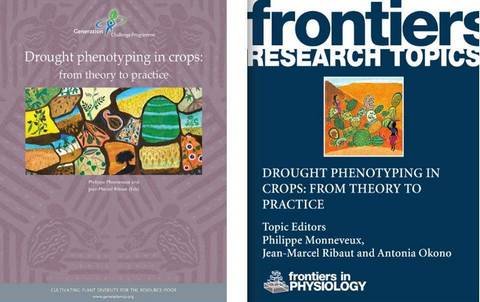Phenotyping
Phenotyping: Managing a subjective process
One of the most important processes in plant breeding is phenotyping – identifying observable characteristics of the plant such as susceptibility to pests and diseases, or a plant’s capacity to deal with drought. Unfortunately, important thought it is, phenotyping is also plagued with problems: one person’s observations about a plant’s phenotype or characteristics may not be the same as another’s.
“This is always a challenge for any collaborative plant breeding project,” says Vinod Prabhu, Principal Investigator for the Indian component of GCP’s Wheat Research Initiative. “Unless all trials are inspected by one person there will always be a risk of inconsistent observations.”
To help overcome this inconsistency, one solution is to develop phenotyping protocols to allow for researchers in different research institutes and countries to collect comparable data. “Each breeder has their own ways to do things, so it’s important to develop standardised protocols,” explains Matthew Reynolds, a wheat phenotyper at CIMMYT (International Maize and Wheat Improvement Center).
GCP contributed to this standardisation by publishing the volume below on drought phenotyping covering 14 crops.








